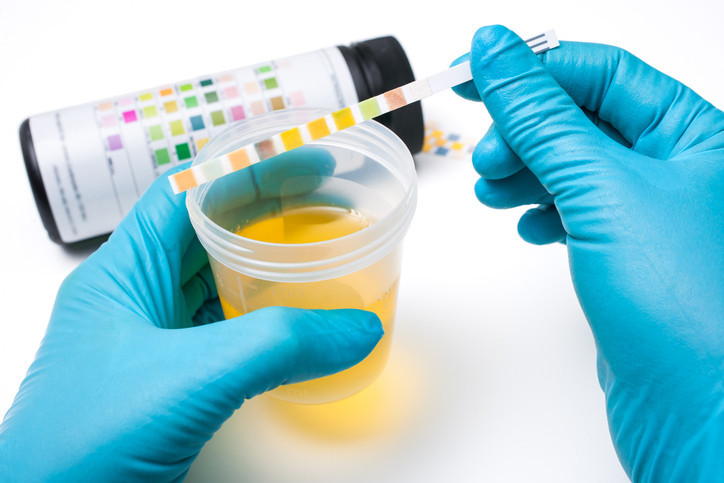
5 timeless habits for better health

What are the symptoms of prostate cancer?

Is your breakfast cereal healthy?

When pain signals an emergency: Symptoms you should never ignore

Does exercise give you energy?

Acupuncture for pain relief: How it works and what to expect

How to avoid jet lag: Tips for staying alert when you travel

Biofeedback therapy: How it works and how it can help relieve pain

Best vitamins and minerals for energy

Should you take probiotics with antibiotics?
Diseases & Conditions Archive
Articles
Why do your prescription drugs cost so much?
The cost of a prescription drug can be very high, and several factors contribute to this. What can consumers do to reduce their drug costs, and what changes need to be made to make medications more affordable?
Uncontrolled high blood pressure or diabetes tied to severe COVID-19 outcomes
A 2023 study of 1.5 million people found that those who had uncontrolled high blood pressure or diabetes prior to getting COVID-19 had increased risks for COVID complications (such as hospitalization or being on a ventilator), compared with people whose high blood pressure or diabetes was well controlled.
Will eating red meat bring on diabetes?
In a 2023 Harvard Medical School study of more than 216,000 people (followed for up to 36 years), those who reported eating the most red meat had a 62% higher risk of developing diabetes, compared with those who reported eating the least red meat each week.
When temporary vision loss in one eye isn't a sign of stroke
Retinal migraines cause temporary blindness or vision changes in just one eye. They are three times as common in women as men. Retinal migraines last from 10 minutes to an hour and arrive with or just after the start of the headache. Symptoms may seem similar to what can happen during a transient ischemic attack (TIA) or stroke. People who experience new vision changes, even temporary ones, should seek medical attention.

5 timeless habits for better health

What are the symptoms of prostate cancer?

Is your breakfast cereal healthy?

When pain signals an emergency: Symptoms you should never ignore

Does exercise give you energy?

Acupuncture for pain relief: How it works and what to expect

How to avoid jet lag: Tips for staying alert when you travel

Biofeedback therapy: How it works and how it can help relieve pain

Best vitamins and minerals for energy

Should you take probiotics with antibiotics?
Free Healthbeat Signup
Get the latest in health news delivered to your inbox!
Sign Up








